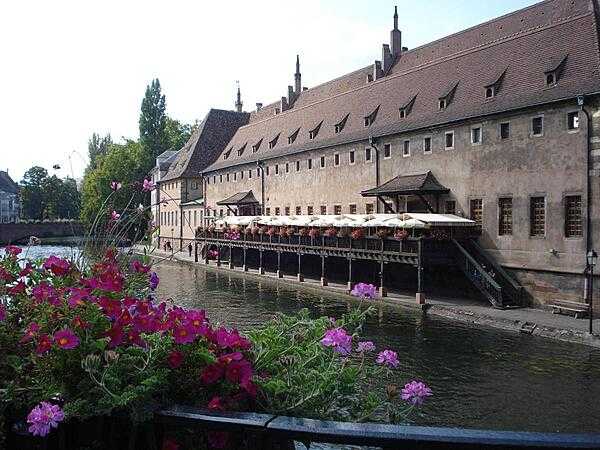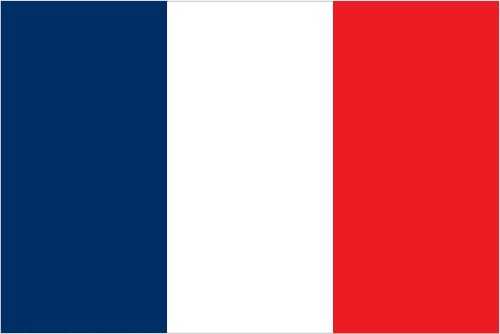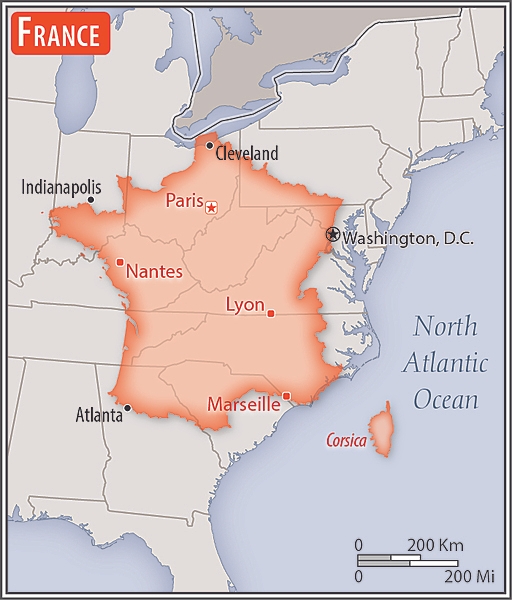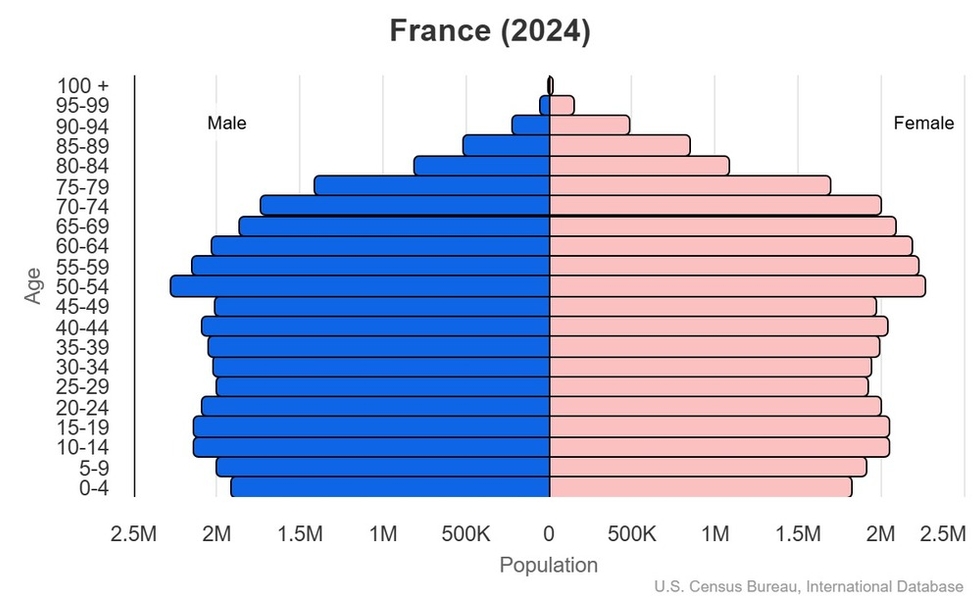Introduction
Visit the Definitions and Notes page to view a description of each topic.
Geography
People and Society
Population
comparison rankings: total 22; male 23; female 21
Languages
Median age
comparison ranking: total 41
Population growth rate
comparison ranking: 177
Birth rate
comparison ranking: 164
Death rate
comparison ranking: 35
Net migration rate
comparison ranking: 65
Maternal mortality ratio
comparison ranking: 159
Infant mortality rate
comparison ranking: total 204
Life expectancy at birth
comparison ranking: total population 25
Total fertility rate
comparison ranking: 121
Obesity - adult prevalence rate
comparison ranking: 87
Alcohol consumption per capita
comparison ranking: total 8
Tobacco use
comparison ranking: total 24
Education expenditure
comparison ranking: Education expenditure (% GDP) 43
Environment
Carbon dioxide emissions
comparison ranking: total emissions 21
Government
Economy
Real GDP (purchasing power parity)
comparison ranking: 9
Real GDP growth rate
comparison ranking: 170
Real GDP per capita
comparison ranking: 35
Inflation rate (consumer prices)
comparison ranking: 51
GDP - composition, by sector of origin
comparison rankings: agriculture 165; industry 149; services 33
Industrial production growth rate
comparison ranking: 121
Labor force
comparison ranking: 22
Unemployment rate
comparison ranking: 127
Youth unemployment rate (ages 15-24)
comparison ranking: total 69
Gini Index coefficient - distribution of family income
comparison ranking: 112
Public debt
comparison ranking: 24
Taxes and other revenues
comparison ranking: 29
Current account balance
comparison ranking: 26
Reserves of foreign exchange and gold
comparison ranking: 14
Energy
Electricity
comparison rankings: installed generating capacity 9; consumption 10; exports 1; imports 7; transmission/distribution losses 200
Energy consumption per capita
comparison ranking: 31
Communications
Telephones - fixed lines
comparison ranking: total subscriptions 5
Telephones - mobile cellular
comparison ranking: total subscriptions 24
Broadband - fixed subscriptions
comparison ranking: total 8
Transportation
Merchant marine
comparison ranking: total 41





